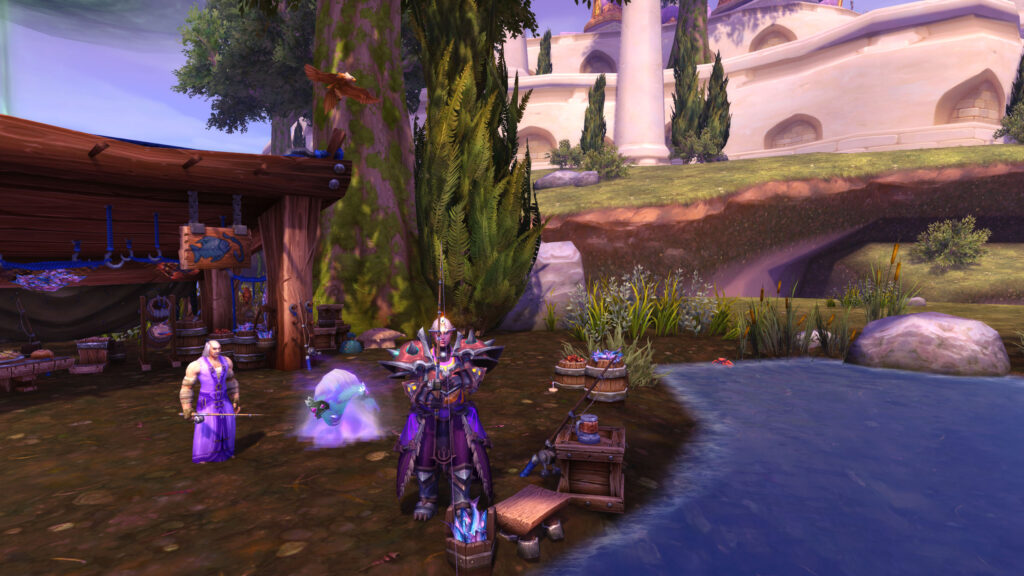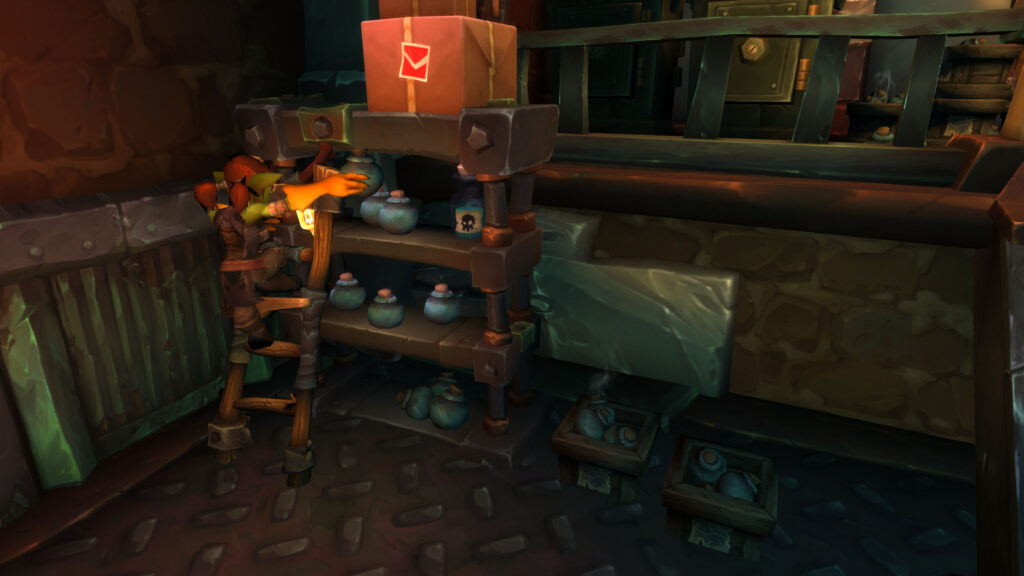World of Warcraft Auction House Tips: Market Flipping Strategies
Introduction
The Auction House in World of Warcraft is a central hub for the game’s economy, and for many players, it’s also a source of massive gold profits. Among the most effective methods for gold-making is market flipping — the act of buying items at low prices and reselling them for a profit. While it might sound simple, successful flipping requires strategy, timing, and a good understanding of supply and demand. This guide covers everything a beginner needs to know to become a reliable auction flipper and grow wealth without grinding mobs or farming endlessly.

1. What Is Market Flipping?
Flipping in WoW is the process of identifying undervalued items on the Auction House and reselling them at a higher price when the demand rises. This can involve consumables like potions, crafting materials, or even rare transmogs and pets. A successful flip relies on timing the market correctly and predicting player demand. For example, flasks are cheaper mid-week and surge in price on raid nights, making them prime flipping targets. With the right tools and patterns, even casual players can generate a consistent gold income.
2. Tools of the Trade
Market flipping is much easier when you use the right addons and data tools. TradeSkillMaster (TSM) is a must-have for serious flippers, offering pricing history, custom search filters, and automated posting. The Undermine Journal provides external price tracking and regional trends. For beginners, the default Auction House UI is functional, but lacks advanced pricing alerts and scan filters. Set up your tools to identify items below market average, and keep a routine of scanning the AH daily to catch quick bargains.
3. High-Profit Item Categories
| Item Type | Why It Flips Well | Flip Window |
|---|---|---|
| Flasks and Potions | Used in raids; demand spikes on Tuesdays/Thursdays | 1–2 days |
| Enchants and Gems | High demand after resets and new gear drops | Same day |
| Battle Pets | Low supply; niche collectors pay premium | 1–7 days |
| Transmog Gear | Fluctuates by style and patch trends | Varies |
| Crafting Mats | Farmed mats drop in price during peak hours | Same day or next |
4. Recognizing a Good Deal

Spotting a good flip isn’t just about the lowest price — it’s about knowing the market average and how fast an item sells. A potion selling for 5g might seem cheap, but if it only sells once a week, it’s a slow investment. Use TSM to check the region-wide average, sales rate, and competition. Ideal flips are items priced 30–70% below average with steady sales. Check item history before making bulk purchases, and avoid buying niche gear unless you’re confident it will resell.
5. Common Mistakes to Avoid
- Flipping items with low demand — always verify how fast it sells.
- Posting huge quantities at once, which can crash a small market.
- Undercutting yourself or driving prices too low too fast.
- Buying without checking historical data — some “deals” are traps.
- Neglecting deposit costs — gear in particular has high deposits and can cost you over time.
6. Timing the Market

The Auction House has weekly cycles. Most server economies peak on Tuesday (reset day), Friday (prep for weekend), and Sunday (last chance raid shopping). Try to buy items late Monday or early Wednesday when supply is high and prices dip. Then relist them strategically in small stacks on peak days. Keep an eye on patch notes and PTRs—new content like raid releases or profession changes can drastically change value trends overnight. Being early to react to those changes can yield massive profits.
7. Scaling Up Your Flipping
As you gain gold, reinvest it. Instead of focusing on one market, diversify across multiple categories to balance risk. Build a routine for checking auctions, posting, and managing undercuts. Consider flipping in both capital cities and faction-specific hubs—prices may vary even within the same realm. If you’re serious, create an alt solely for auction house activity with mailbox addons for speed. Over time, your flipping empire can fund mounts, tokens, and even carries without setting foot in a dungeon.
Conclusion

Flipping items on the Auction House is both an art and a science. With patience, knowledge, and smart tools, you can turn thousands into millions without ever picking up a weapon. While the market fluctuates and competition grows, the fundamentals remain the same—buy low, sell high, and track trends. Whether you’re a casual crafter or an aspiring gold baron, flipping offers a rewarding alternative to grind-heavy gameplay. The market awaits—are you ready to profit?

